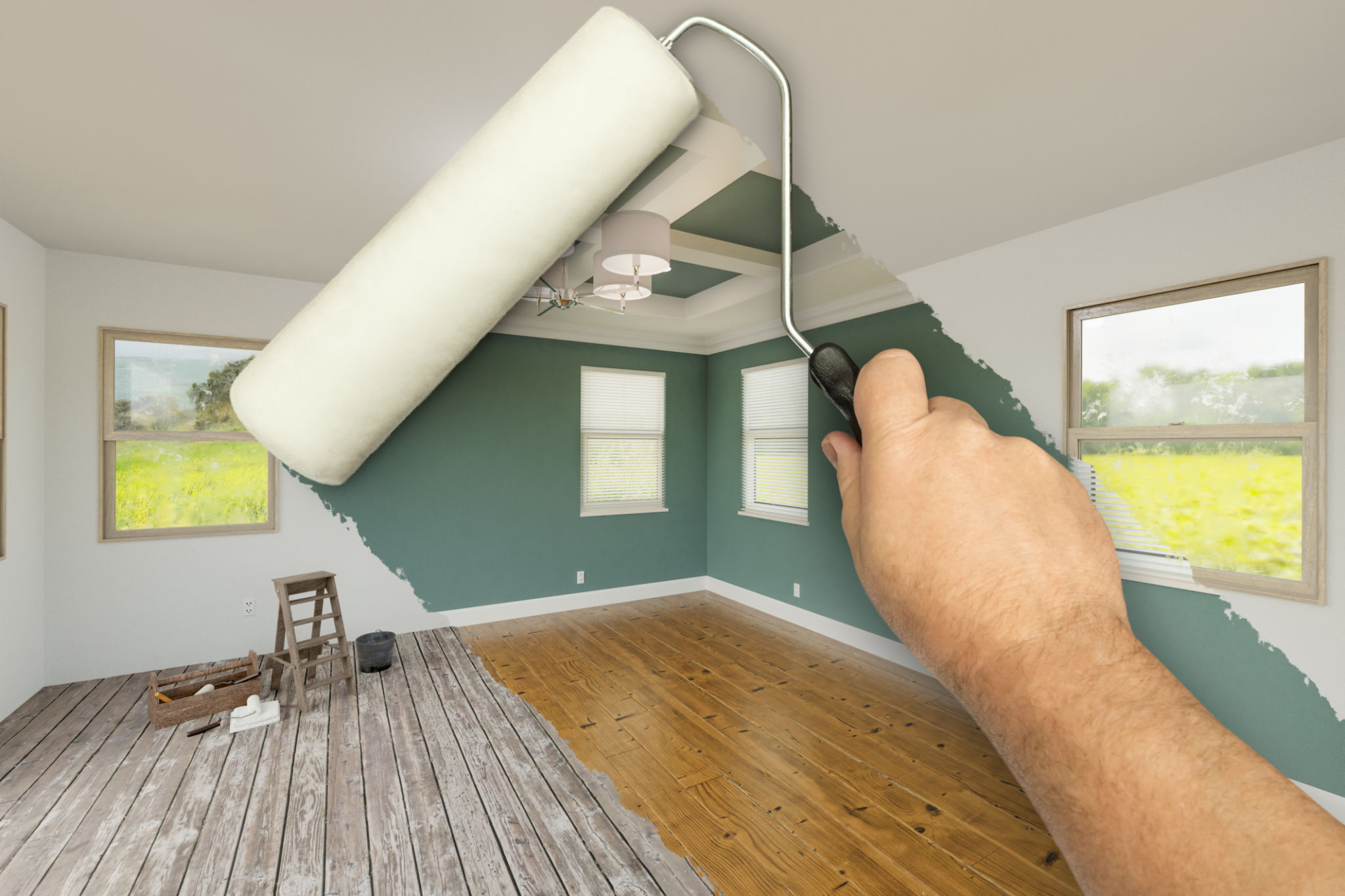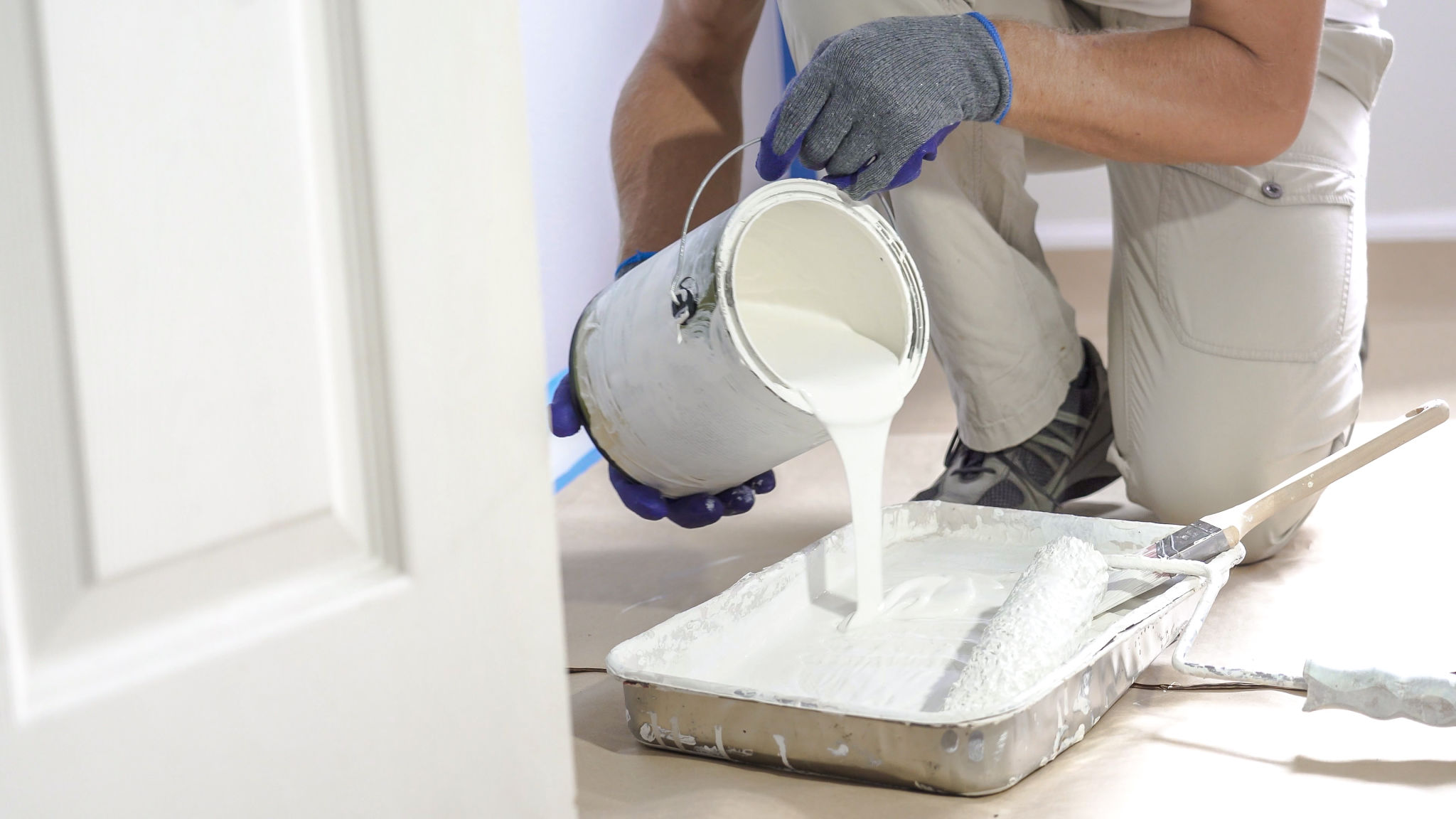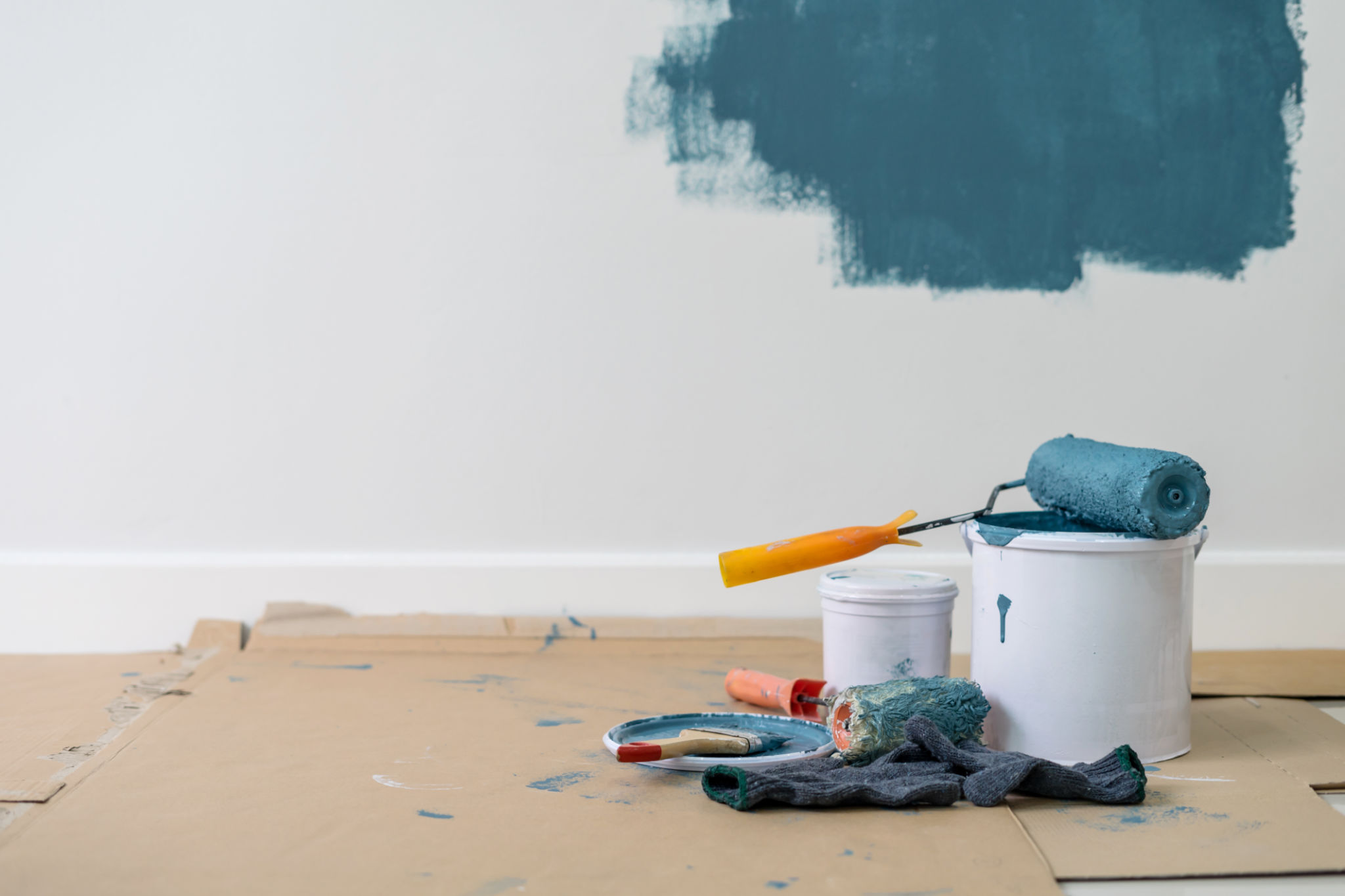DIY vs. Professional House Painting: What You Need to Know
Understanding the Appeal of DIY House Painting
Painting your home is one of the most transformative ways to refresh its appearance, and many homeowners are drawn to the idea of a DIY project. The appeal is understandable; it promises savings on labor costs and provides a sense of accomplishment. With numerous online tutorials and readily available supplies, embarking on a DIY painting project can be an exciting endeavor.
However, before you pick up that paintbrush, it's essential to weigh the pros and cons. The key advantages of DIY include cost savings and the flexibility to work on your schedule. If you're someone who enjoys hands-on projects and has an eye for detail, this may be a rewarding experience.

Challenges of DIY House Painting
While the DIY route has its perks, there are challenges that can turn a seemingly simple task into a daunting one. One significant concern is the quality of the finish. Achieving a professional-looking result requires skill, patience, and the right tools. Mistakes such as uneven coats or streaks can detract from your home's aesthetic appeal.
Moreover, painting involves more than just applying color to walls. It includes surface preparation, selecting the right type of paint, and ensuring proper coverage, which can be time-consuming. If you underestimate these factors, you might end up spending more time and money correcting errors.

Advantages of Hiring Professional Painters
Turning to professional painters offers several advantages that DIY might not provide. First and foremost, professionals bring expertise and experience, ensuring a high-quality finish. They have access to better tools and can handle unexpected challenges such as difficult surfaces or color matching with ease.
Additionally, hiring professionals means saving time and effort. They can complete the job efficiently, minimizing disruption to your daily routine. If your home has high ceilings or intricate architectural details, professional painters have the equipment and skills to tackle these areas safely.

Cost Considerations
When comparing costs, it's crucial to consider both short-term expenses and long-term value. DIY painting might seem cheaper initially, but potential mistakes or the need for future touch-ups can add to your expenses. Professionals typically offer warranties for their work, giving you peace of mind that any issues will be addressed.
To help make an informed decision, consider the following cost factors:
- Materials: High-quality paints and tools may be more expensive upfront but provide better results.
- Time: Evaluate how much your time is worth compared to the cost of hiring professionals.
- Potential Repairs: Factor in the cost of correcting any mistakes or damages caused by DIY efforts.
Making Your Decision
Deciding between DIY and professional house painting ultimately depends on your budget, skills, and time availability. If you're confident in your abilities and enjoy hands-on projects, DIY may be a fulfilling choice. However, if quality and efficiency are priorities, investing in professional services could be more beneficial in the long run.
Consider starting with a small project to test your skills before committing to a full-scale DIY job. This approach allows you to gauge the challenges involved without overwhelming yourself.

Conclusion: Weighing Your Options
Both DIY and professional house painting have their merits. It's essential to assess your specific situation before making a decision. If you choose professionals, do thorough research to find reputable companies with positive reviews. On the other hand, if you go the DIY route, prepare adequately and take your time to ensure a quality outcome.
Ultimately, whether you pick up the brush yourself or enlist expert help, painting your home should reflect your style and enhance your living space's overall appeal. By considering all factors carefully, you can make a choice that aligns with your goals and resources.